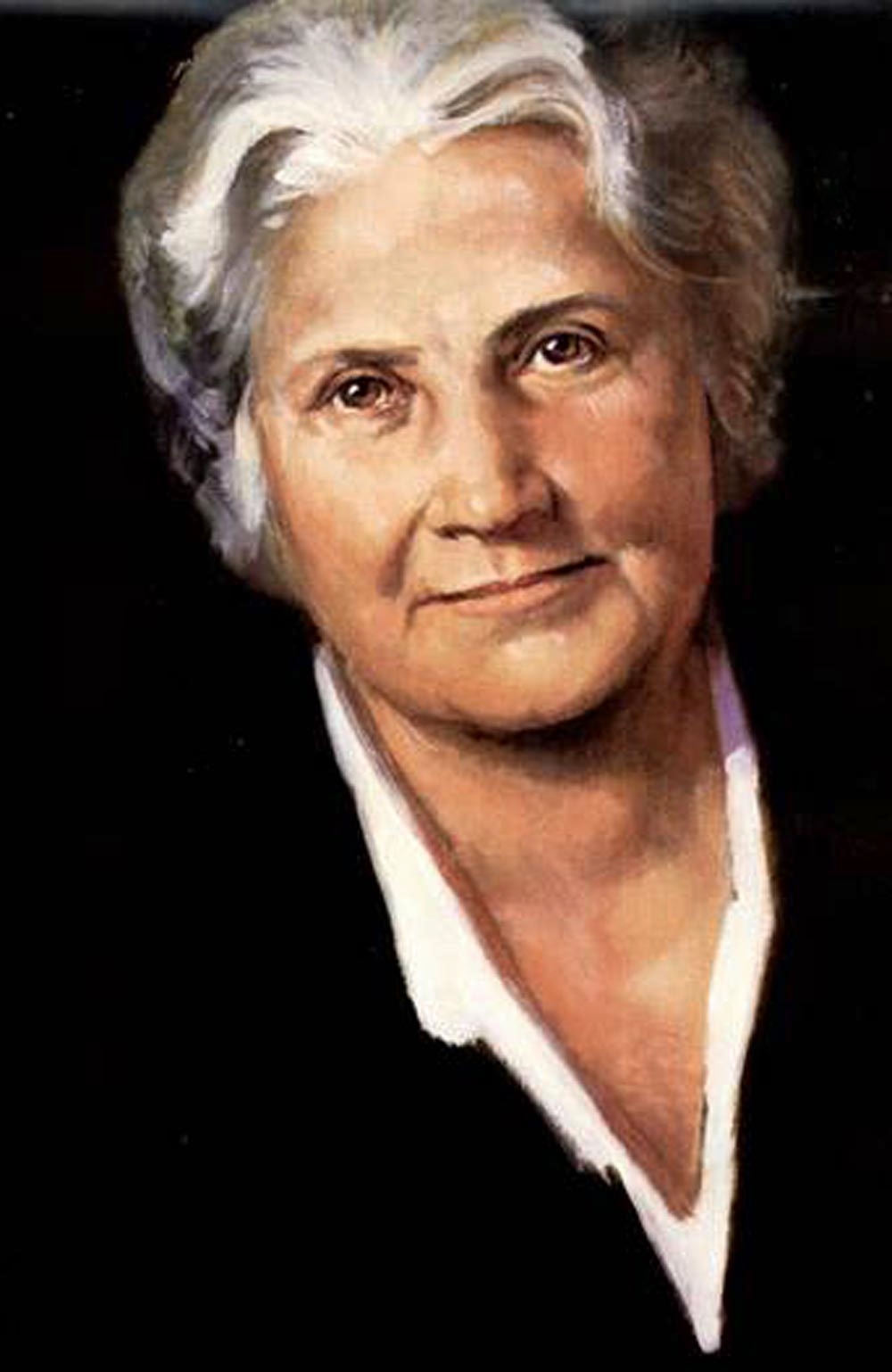In 1906, Dr. Maria Montessori, an Italian educator, physician, and scientist, who had just judged an international competition on the subjects of scientific pedagogy and experimental psychology, was invited to create a childcare center in San Lorenzo, a poor, inner-city district of Rome. There, she would be working with some of the area’s most disadvantaged, and previously unschooled, children.
She opened the doors on January 6, 1907, calling the center the Casa dei Bambini—Italian for “Children’s House.” Dr. Montessori was determined to make the Casa a quality educational environment for these youngsters, whom many had thought were unable to learn—and she did.
While the children were unruly at first, they soon showed great interest in working with puzzles, learning to prepare meals and clean their environment, and engaging in hands-on learning experiences. Dr. Montessori observed that before long, the children exhibited calm, peaceful behavior, periods of deep concentration, and a sense of order in caring for their environment. She saw that the children absorbed knowledge from their surroundings, essentially teaching themselves.
Utilizing scientific observation and experience gained from her earlier work with young children, Dr. Montessori designed unique learning materials for them, many of which are still in use in Montessori classrooms today, and created a classroom environment that fostered the children’s natural desire to learn.
News of the school’s success soon spread through Italy. On April 7, 1907, Dr. Montessori opened a second Casa dei Bambini, also in San Lorenzo. And on October 18, 1907, in Milan, she opened a third Casa.
Montessori Gains Momentum
The success of Dr. Montessori’s schools sparked interest around the world. Dignitaries traveled to Rome from countries far and wide to witness, firsthand, the “miracle children” who exhibited concentration, attention, and spontaneous self-discipline.
The innovative Montessori Method also began to attract the attention of prominent educators eager to learn it. Some were taught by Dr. Montessori herself. Her courses drew students from as far as Chile and Australia, and within a few years there were Montessori schools on 5 continents.
In 1909, Dr. Montessori published her first book, Il Metodo della Pedagogia Scientifica applicato all’educazione infantile nelle Case dei Bambini. Within 3 years it had been translated into 10 languages. Its first 5,000 copies in English, succinctly titled The Montessori Method, sold out in 4 days.
By 1910, Montessori schools could be found throughout Western Europe and were being established around the world. In 1911, the first Montessori school opened in the United States.
By 1914, 187 English-language articles and books had been written about Montessori education. One article, in the highly popular McClure’s Magazine, described Dr. Montessori as “an educational wonder-worker.”
Dr. Montessori began to turn her attention to the education of elementary-aged children in 1916. In the international training course that year, Dr. Montessori focused nearly half of her lectures on newly created elementary materials. A year later, she published L’autoeducazionne nelle Scuole Elementari, describing her thoughts on the education of children ages 7 – 11. (The English title of the book is The Advanced Montessori Method.)
New Frontiers
Dr. Montessori’s early research focused on educating young children, but in the 1920s she turned her attention to adolescence. She observed that at this stage of development, students need activities that help them to understand themselves, to find their place in the world, and to blossom into global citizens.
She proposed residential schools where young adolescents—whom she called Erdkinder, or “children of the earth”—could work and live in a trusting community, engaging in real-world activities such as farming or marketing their own handmade goods. By experiencing human interdependence, she believed, students would learn how society is organized and develop the skills needed to meet the world’s challenges in a positive way.
In time, Dr. Montessori also wove peace education into her curriculum, a result of having lived through 2 horrific world wars. Education for peace and social justice remains an integral part of Montessori education.
Dr. Montessori traveled widely, giving courses and lectures and encouraging the launch of new schools. In 1929, together with her son, Mario, she established the Association Montessori Internationale, to ensure that her philosophy and approach to education would be carried on as she intended.
reading continues from source:

